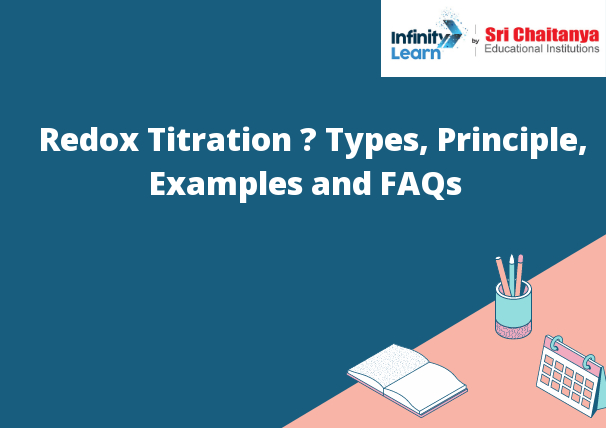Table of Contents
What is Redox Titration?
Redox Titration – Types: Redox titration is a technique employed in analytical chemistry to determine the concentration of an analyte in a sample. The technique is based on the ability of an oxidizing or reducing agent to either donate or accept electrons, respectively. A known amount of the oxidizing or reducing agent added to a sample. Therefore the resulting change in the concentration of the analyte monitored. However the concentration of the analyte can determined from a calibration curve that generated by plotting the absorbance of the sample against the known concentration of the oxidizing or reducing agent.

Principle of Redox Titration
A redox titration a technique used to determine the concentration of a species in solution by measuring the amount of oxidizing or reducing agent used to titrate the unknown species. The redox titration performed by adding a known amount of oxidizing or reducing agent to a sample of the unknown species and then measuring the change in concentration of the oxidizing or reducing agent. The change in concentration used to calculate the concentration of the unknown species.
Redox Titration Examples
The oxidation and reduction of a species can monitored and measured by titration. For example, the oxidation of iodide (I-) to iodine (I2) can monitored by the addition of thiosulfate (S2O3²-) to the solution. The thiosulfate will reduce the iodine back to iodide. The endpoint of the titration can be determined by adding a starch indicator to the solution. The blue starch indicator will change to red when it comes in contact with the iodine.
Redox Titration Indicators
A redox titration indicator is a chemical compound that changes color in the presence of a redox reaction. This change in color can used to determine the endpoint of a titration. Therefore the most common redox titration indicators are phenolphthalein and methyl orange.






